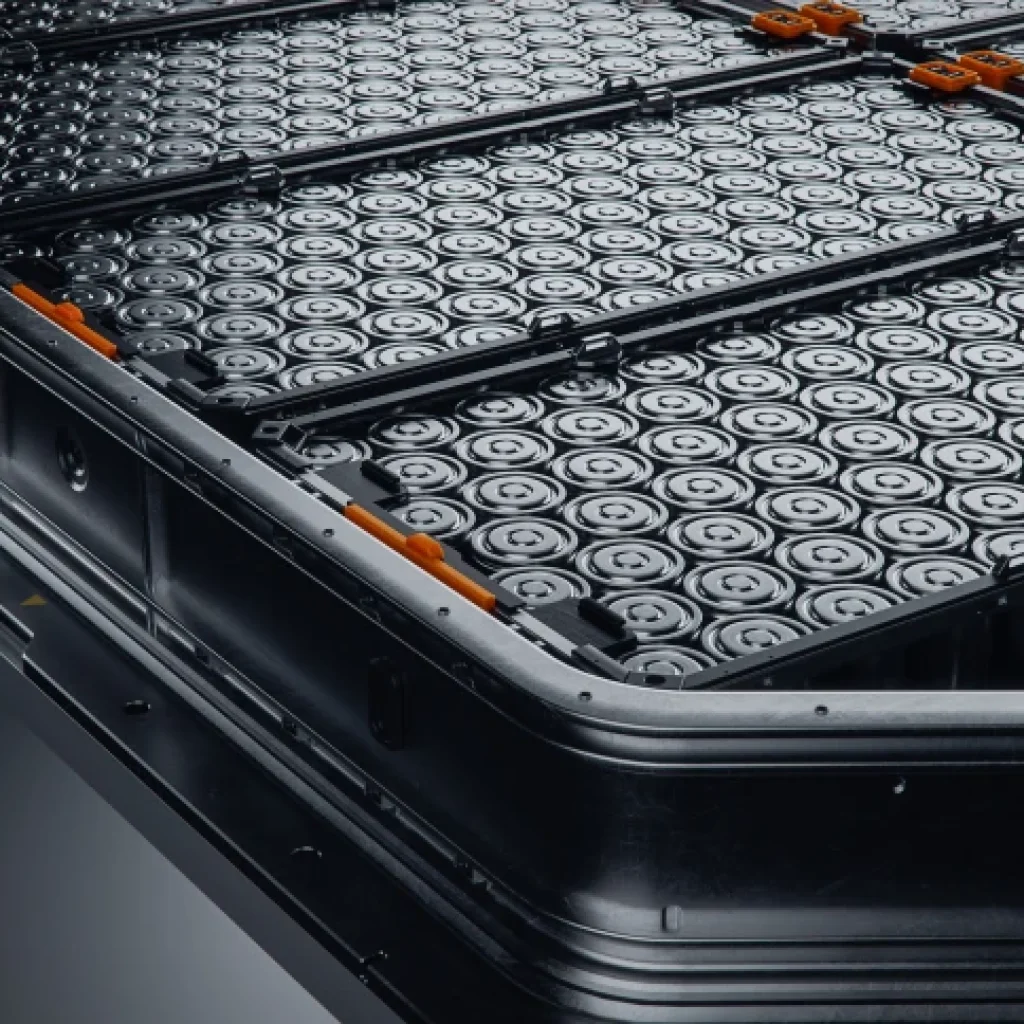In a groundbreaking mission called ‘Starling,’ NASA is set to launch four CubeSats (small satellites) into Earth’s orbit to test the feasibility of autonomous cooperation among robotic satellites without real-time updates from mission control. The mission aims to explore key technologies essential for future deep space missions, where complex and autonomous spacecraft will play a crucial role in ensuring safe operations. Following the initial tests, NASA will collaborate with SpaceX to test autonomous collision avoidance technology with ‘Starling’ and the Starlink satellite constellation.
Testing autonomous cooperation and collision avoidance
NASA’s ‘Starling’ mission will deploy four CubeSats into orbit, operating in two different formations to evaluate technologies enabling swarms of satellites to collaborate on scientific missions. The satellites will autonomously maneuver to maintain a cohesive group using the ROMEO software. They will establish an adaptable communications network utilizing a Mobile Ad-hoc Network (MANET) system, enabling communication without relying on Earth-based networks. The StarFOX technology will repurpose onboard star tracker sensors to track the entire swarm and keep the satellites together. Additionally, the Distributed Spacecraft Autonomy (DSA) experiment will demonstrate the swarm’s ability to collect and analyze science data cooperatively.
Advantages and promise of swarm technologies
Successful implementation of swarm technologies offers numerous advantages. It allows for scientific measurements from multiple points in space, enhances network resilience by enabling the self-patching of satellites, and facilitates autonomous response to environmental changes. The redundancy within a swarm enhances resilience against individual failures, ensuring the continuity of operations.
Upon completing the primary mission, the Starling satellites will conduct tests with SpaceX’s Starlink satellite constellation. This collaboration aims to explore advanced space traffic management techniques between autonomous spacecraft operated by different organizations. The goal is to develop an automated system that ensures the safe operation of both satellite sets while in relative proximity in the Low Earth Orbit.
Implications for space exploration and scientific research
The successful execution of the Starling mission will unlock new possibilities for space exploration and scientific research. It showcases NASA’s commitment to advancing humanity’s understanding of the cosmos through innovative and cooperative robotic missions. Moreover, the mission represents a significant step forward in understanding the rules of the road for space traffic management.
In collaboration with SpaceX, NASA’s ‘Starling’ mission represents a significant milestone in testing autonomous cooperation and collision avoidance technologies in space. By leveraging swarm technologies and autonomous capabilities, NASA aims to enhance the efficiency and safety of future deep space missions. The successful implementation of these technologies can revolutionize space exploration and facilitate scientific research while paving the way for advanced space traffic management techniques.
VIDEO: NASA is sending a team of four CubeSats into orbit around Earth to see if they’re able to cooperate on their own, without real-time updates from mission control. While that kind of autonomous cooperation may not sound too difficult for humans, this team will be robotic – composed of small satellites to test out key technologies for the future of deep space missions.





